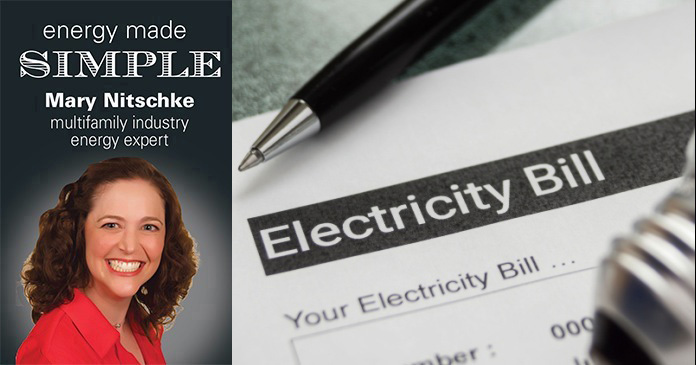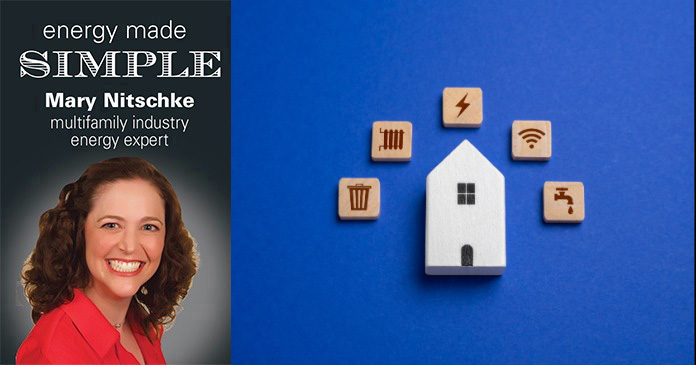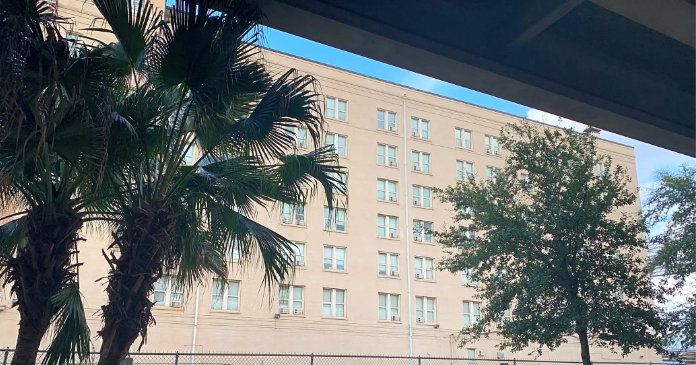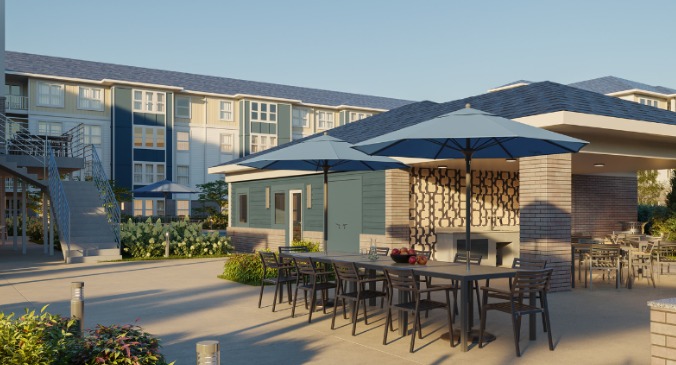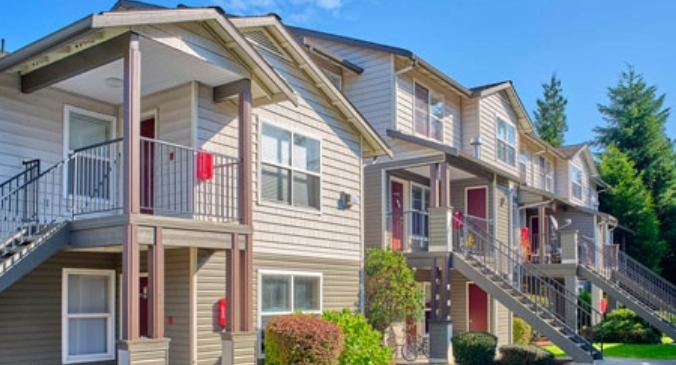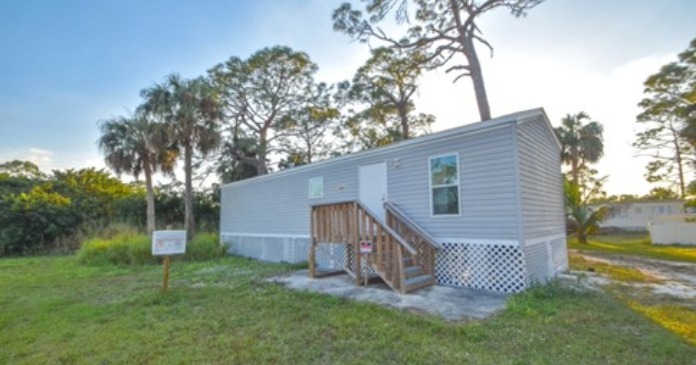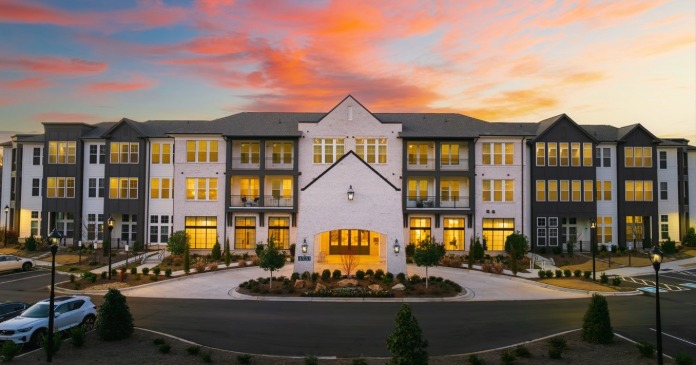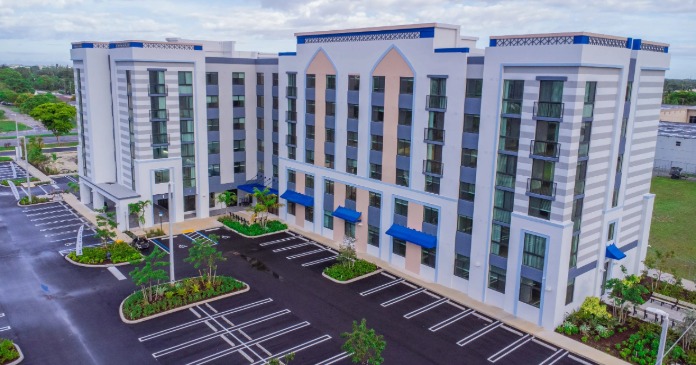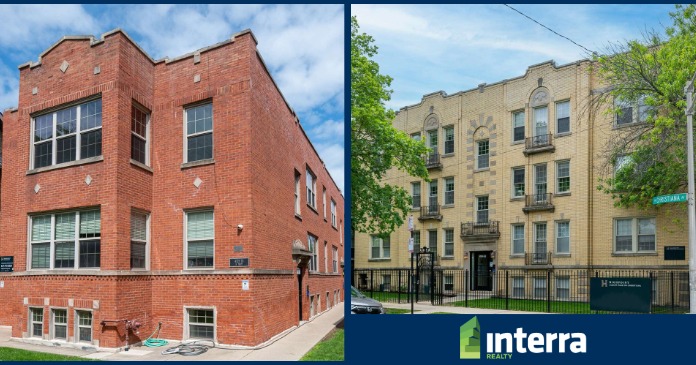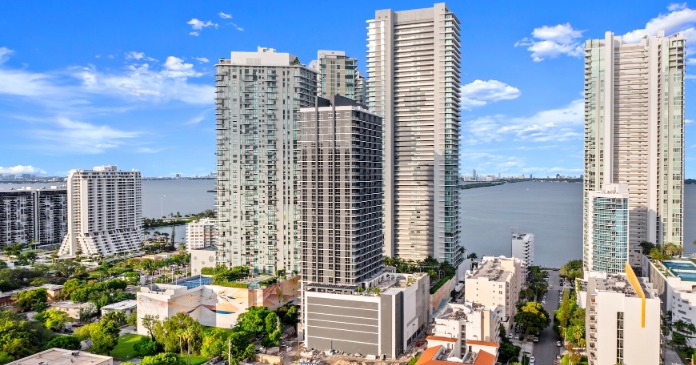One last pro-tip for this utility budgeting season is to continue measuring your utilities throughout the year, especially when any efficiency-related capital project is launched. Whenever a measure is approved, operations will want to complete the project in the first quarter whenever possible so they can maximize their savings throughout the year and offset its cost as much as possible. When a project is completed, it is crucial to independently evaluate the performance of the measure rather than relying on the vendor’s analysis of improvement. I personally like to evaluate the “before and after” consumption as reported by the utility invoices.
Pitfalls to avoid when evaluating performance of a measure:
- Confirm the completion date of the measure with your operations or renovations team. Many times, what is planned as the end date is not the actual completion date. It is best to confirm the actual project period as it can sometimes vary from what is in the contract.
- Don’t just use the cost listed on the invoice as the absolute measure of success. If a rate increase occurred concurrently with a measure being implemented, you may look at the invoiced cost and think, “Well, that didn’t work as expected” when in fact, from a consumption perspective, you are outperforming your anticipated savings.
- Make sure that the invoice you are looking at is for the service period that fully applies to your new and improved consumption. Depending on how your utility provider bills (especially with 60-day billing cycles) the most recent bill might not be for the service period you need for your evaluation. To ensure your evaluation does not fall through the cracks, you will want to mark your calendar for when the invoice for the service period you need is expected.
Once you have the actual consumption data, look at both the month-over-month (MOM) and year-over-year (YOY) consumption changes to understand how the measure is performing. If you don’t see any material improvement, dig in. It is common, particularly with lighting controls, that the programming needs to be adjusted. I have seen buildings with no improvement in energy usage in which the default settings from the factory (on 24/7) were never adjusted when the installation occurred (Remember my earlier article about the importance of looking up?). It is important to do this immediately rather than waiting for mid-year and the reforecast to understand why you are not achieving the results you were expecting.
When you have asked the right questions, and compared the right data, you can really evaluate your initiative’s performance against your new utility budget to determine if you are on target.


